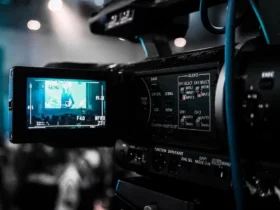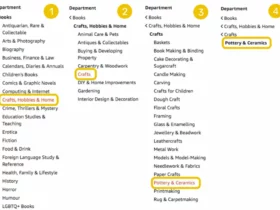International trade is getting bigger and better day by day. Businesses around the globe are expanding their horizons and getting international with their products and services. Besides profiting from their company, the trades are also helping their countries by playing a part in their GDP.
While it sounds fun and glitter to work internationally, there are many things to consider and be careful of before entering cross-border business ventures. It includes documentation, cultural differences, office setups at various locations, and trade regulations.
The transportation of goods and services from one place to another means you have to be aware of each country’s import/ export guidelines. The clearance and brokerage issues are most common, wherein products do not get passed through officials because of a lack of documentation.
Therefore, we’re here with detailed information on clearance and brokerage that will help you set things right. It is a good read for both; a newbie in international trade and someone who needs a refresher on import/export guidelines. Read on!
Why is it essential to get a seal of approval for exporting and importing products?
It is a necessary process that ensures the security of countries. In simple words, the authorities check the products and only send the ones the rule allows. The businesses must pay shipping fees to get on board the transporting units.
Businesses have to take help from professionals to get through customs clearance and import brokerage issues. Several regulations and documentation are involved in getting the seal of approval for any product & service. The customs officers are trained and have in-depth knowledge of the export-import guidelines of different countries. Thus, they can check if the shipment will cross easily through different borders.
The process is significant because non-completion of documents may lead to heavy-duty fines and sometimes suspension of cross-border business contracts, thus, leading to losses in business.
What does the clearance process look like?
The seal of the approval process is complicated; the tariff laws need to be well-understood before entering the international business. Therefore, a customs broker is your go-to solution. It is challenging for a non-professional in this field to get through the regulations. A customs broker helps navigate the process successfully.
- Ensure Accurate Documentation
Even a tiny shipment of a minimal price will need to have complete documentation. Various forms need to be filled with accurate information. Each product gets a Harmonized tariff number that acts as the identity number throughout the shipping process. Your broker will check the documentation requirements of each border the product will pass through and fill in accordingly.
Also, at this point, the authorities check if the goods comply with their authorized department. For instance, if you are shipping food, cosmetics, or pharmaceuticals, it is critical to comply with the FDA guidelines. In addition, it should have a bill of lading, retail invoice, and other required documents to get through the first step.
- Payment Duties and Taxes
After the complete documentation, the next step includes paying off duties, taxes, and payments related to the shipment. There are two ways for payment; DDU (Deliver Duty Unpaid) and DDP(Deliver Duty Paid). If the load is marked DDU, you have to calculate the taxes and duty as per the regulations and pay them off.
If the article is marked as DDP, all payments are made. The tax and other fees are solely based on the value of the goods under the Harmonized Tariff Schedule. Having a broker with you can ease the process of calculating taxes. But, if you do not have one, you can sum up the cost of each good in your shipment and then check the tax slab it comes under.
- Shipment Release
After the inspection is completed and all the dues are paid, the officers release the shipment from the warehouse and send them further for transportation. You must complete the release paperwork at the warehouse and get the product ahead.
However, the process may vary from country to country and customs requirements. For instance, in some cases, the warehouse release of the products is for a limited time. It is when the products need a new label or better packaging. The staff releases the product for getting renewed packaging. Later reinspects it and completes the paperwork according to applicable regulations. However, it is possible to hold the products at any stage throughout the journey until it reaches the destination. Therefore, you must ensure complete documentation to avoid any issues.
Bottom Line
The seal of approval is necessary at every border. Therefore you must take professional help to complete the documents and ensure proper packaging of the products. Some states can enlist a product as harmful, while others may not. Therefore, you must provide adequate packaging and proper labels in the required language to ensure the smooth processing of the shipment.













